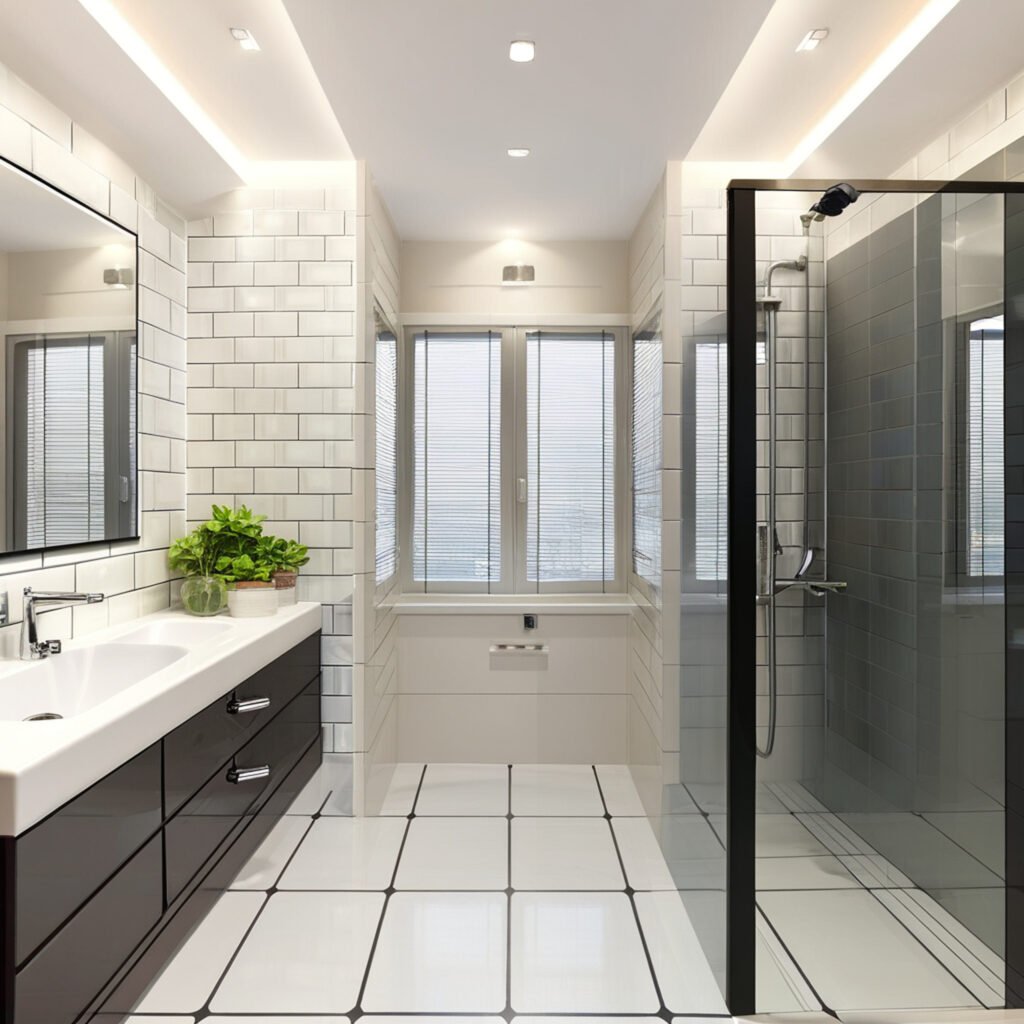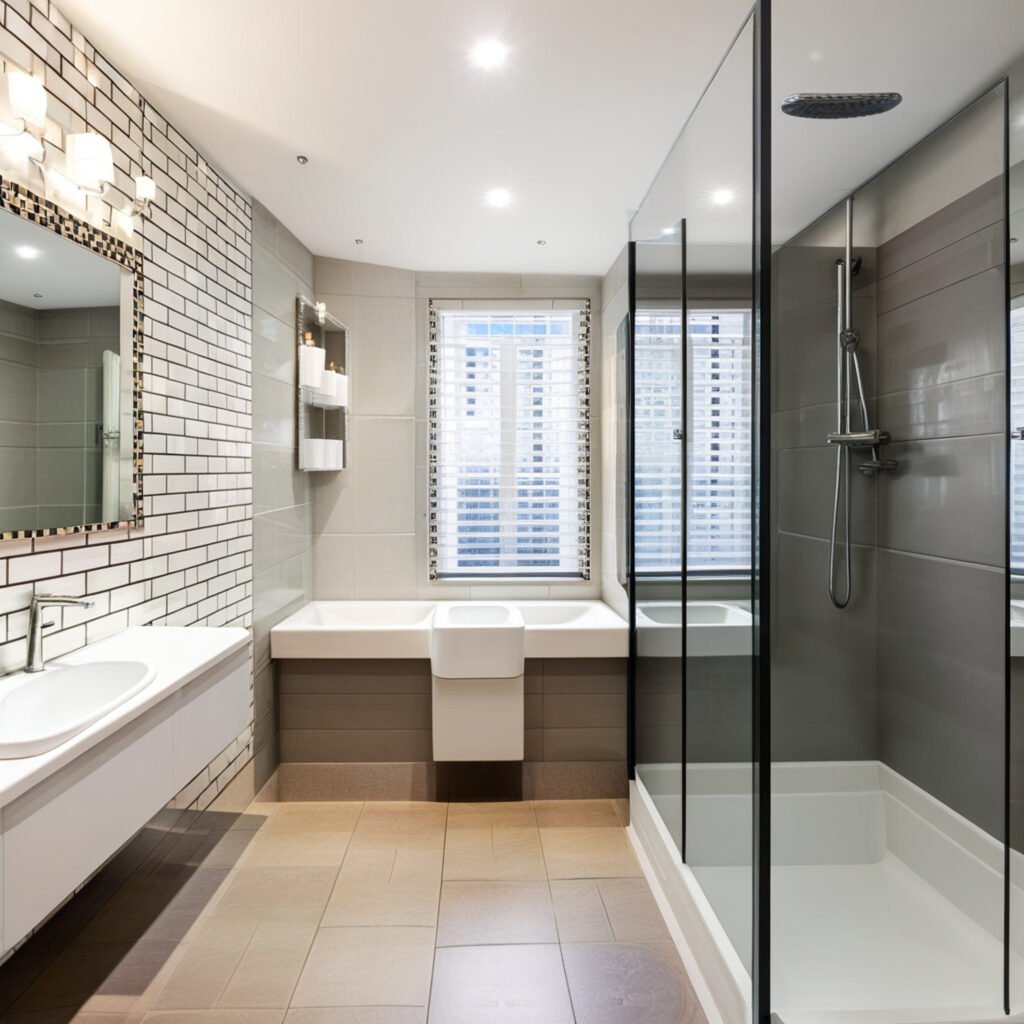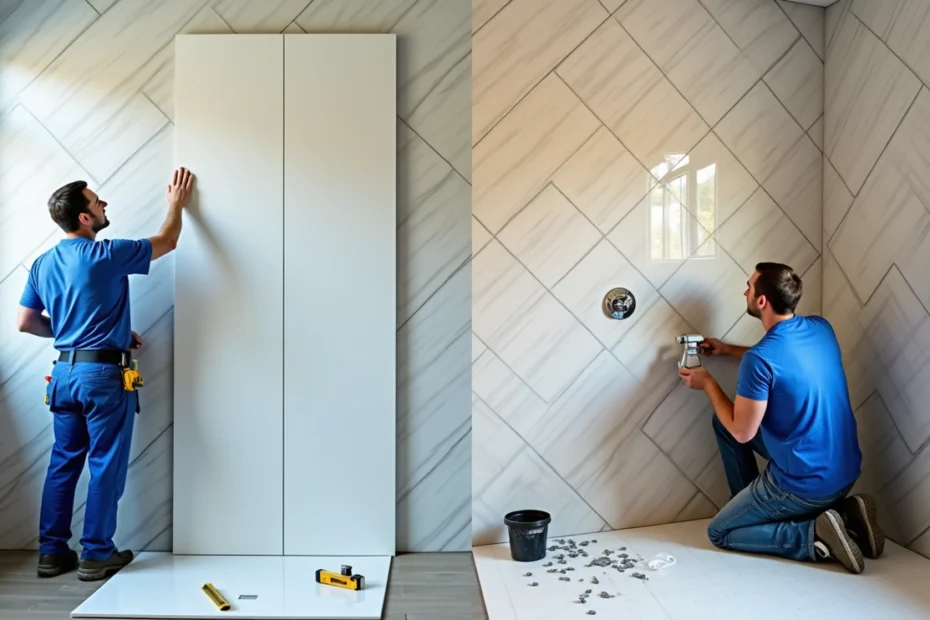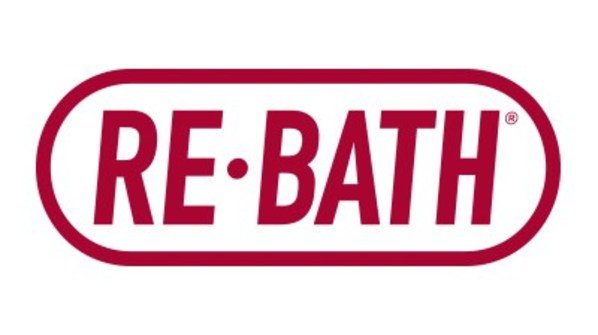Shower panels vs tile go beyond mere aesthetics to save money and time. These panels cost up to twenty-five percent less than traditional tiles. The installation takes only 1–2 hours compared to tile work that spans 2 days. Ceramic tiles boast a rich history of over 20,000 years, yet modern shower panels are a great way to get practical benefits that many contractors might overlook.
The distinction between shower surrounds and tiles extends past their looks. Most panel systems attach quickly to moisture-resistant greenboard or plywood through glue or mechanical fastening. On top of that, it saves much on labor and materials, particularly since wall tiling costs can reach $120 per square meter. Panel installation wraps up in a day or two, while tile projects keep contractors at your home for a week or more.
What makes shower panels easier to install than tiles
My experience with installing shower panels and tiles shows a big difference between the two. Shower panels don’t need any grout work like tiles do. This makes panels much easier to install.
No need for grout or complex prep
You won’t have to mix, apply, or seal any grout with shower panels. The panels create a smooth, waterproof surface without grout lines that could trap dirt or grow mold. Most panel systems don’t need a waterproof membrane behind them, unlike tiles. You’ll save time by skipping this major prep step.
These panels stick right to moisture-resistant drywall with construction adhesive. You just need simple skills to measure, cut, and seal the joints. This creates an optimized process with fewer parts and less room for mistakes.
Can be installed over existing surfaces
One great thing about shower panels is that you can install them right over existing tiles. This helps a lot during renovations. The panels can go directly on top of old tiles that are still firmly attached and free of mold.
You won’t need to deal with messy demolition work that usually comes with replacing tiles. The job creates minimal dust, and your bathroom will be ready to use much sooner since there’s no waiting for adhesive or grout to dry. Many contractors might say otherwise, but this method works well and saves you time and effort.
Faster installation time for DIY or pros
The time you save with panels versus tiles is a big deal. Professional tile installation takes 2-5 days, while you can put up shower panels in 4-8 hours as a DIY project. Professional installers work even faster—some modular systems take just 30 minutes with one person.
Quick installation makes these panels perfect for multi-unit projects or when you need to minimize bathroom downtime. Panel installation is easy to repeat across multiple units with consistent quality. Tile work quality depends more on each installer’s skill level.
Hidden installation challenges with tiles

Beautiful tile installations hide several challenges beneath their surface. My experience with countless shower systems over the years has shown many problems that contractors don’t like to mention.
Grouting and sealing take time and skill
Grouting isn’t just about filling spaces between tiles. You need precise mixing and application techniques to avoid grout haze—a dull film that shows up when excess grout stays on the surface. The grout just needs sealing because it’s naturally porous and soaks up liquids, which leads to stains and mold.
Professional application of grout sealer involves several steps. The grout must be completely dry (minimum 48-72 hours). You’ll apply uniform coats and wait 10 minutes between each coat, then test with water droplets. This process should happen every year to work properly. If you skip the sealing, your grout will soak up everything that touches it—from cooking grease to soap scum.
Tile cutting and layout complexity
Quality tile installation depends on precision, especially with irregular spaces or custom designs. Creating complex patterns needs both technical skill and creative problem-solving. The biggest problem comes from making precise cuts that demand advanced skills and careful attention to detail.
All but one of these contractors struggle with system modularity—fitting tiles of different sizes together with even joint widths. In stark comparison to this, shower wall panels vs tiles usually come in standard sizes. Tile installations need careful layout planning before work begins to avoid surprises.
Moisture issues if not sealed properly
The most dangerous hidden risk with tile installations comes from moisture getting through. Many people think tile and grout are waterproof, but water will eventually find its way in. A bad waterproofing system or cracked grout lets water seep behind tiles and pool underneath, which damages the structure.
You’ll spot moisture problems through discoloration, mold, cracked grout, and tiles that bulge or warp. Everything in proper waterproofing behind tile matters—but installers often rush or skip this step. Most tiled showers fail because installers don’t slope the floor correctly or install waterproofing membranes with care.
Cost and time comparison: panels vs tiles
The numbers tell a compelling story about shower costs. My experience shows that the original price is just one piece of the financial puzzle.
Material and labor cost breakdown
Shower wall panels vs tiles show some big differences in upfront costs. Ceramic tile runs between $2-$5 per square foot, while porcelain costs $3-$10. Shower panels range from $150 for simple PVC to $4000 for premium stone veneer systems.
Labor costs really drive the total price difference. Tile installation costs $10-$15 per square foot, which means a standard shower runs between $1800-$5000. Professional installation of shower panels costs $500-$1500, making them much more economical.
Long-term maintenance costs
Tile maintenance can get pricey over time. Regrouting a shower costs around $1500 but ranges from $600-$2500. Grout sealing adds $2-$5 per square foot and needs yearly reapplication.
Shower panels need minimal upkeep—just wipe them down with a non-abrasive cleaner. This simple maintenance saves hundreds of dollars throughout your shower’s lifetime.
Unexpected repair expenses
Hidden costs often catch tile owners off guard. Small tile crack fixes cost $150-$300, while bigger replacements run $300-$700. Water damage behind tiles is even worse, costing $750-$2000.
Mold testing costs $350-$1100, and remediation adds another $1100-$3300 if issues appear. Panels might need full replacement if damaged, but they come with longer warranties and have fewer structural issues.
What contractors might not tell you?

Contractors often skip some key points when comparing shower panels to tiles. These overlooked details can substantially affect how happy you’ll be with your choice in the long run.
Tiles just need more regular maintenance
Grout is tile’s biggest enemy. It gets dirty and moldy as time passes. Panels are easy to clean – you just wipe them with gentle cleaners. Tiles, on the other hand, just need frequent regrouting and resealing. This ongoing upkeep isn’t just a hassle – it’s an extra cost that contractors rarely mention.
Panels work better in humid spaces
Shower panels beat tiles when it comes to handling moisture. Their non-porous surfaces keep water out, while grout lines can easily stain and let water seep through. PVC panels naturally keep water away. This keeps your walls dry and stops mildew from growing. These panels also come with antibacterial coatings that fight mold. This makes them perfect for wet spaces.
Warranty differences between panels and tiles
Most homeowners don’t even know if their tile shower has a warranty. Tile installations usually come with basic coverage – sometimes none at all for traditional mud-set pans. Quality shower panels are different. Manufacturers like Onyx even offer lifetime guarantees. Watch out for warranties that lose value over time.
Design limits and solutions for panels
Panels do have some drawbacks. They show dents and scratches more easily than tiles, especially in busy homes. Windows can be tricky too – finding the right trim packages isn’t always easy. Standard panel kits won’t fit custom-sized showers, but you can work around this. Custom cutting or joining panels with seam trim usually solves the problem.
Conclusion
The choice between shower panels and tiles isn’t just about looks. Our comparison reveals clear advantages that shower panels bring to both homeowners and contractors. You can install shower panels in a fraction of the time compared to traditional tiling, which takes days. The absence of grout speeds up installation and eliminates a major maintenance headache later.
Panels are definitely easier on your wallet, too. Shower panels save you 25% or more on materials and cut down labor costs drastically. The financial benefits become even more apparent when you factor in future maintenance costs like regrouting, sealing, and repairs for moisture damage.
Your contractor might not highlight these practical benefits. Tile installations mean more billable hours and repeat visits for maintenance. Panels have their limits with customization and might show visible damage, but these drawbacks pale in comparison to their practical benefits for many homeowners.
My experience with hundreds of shower systems shows how panels can turn a week-long tile project into a single-day installation. Homeowners deal with less disruption and get a waterproof, low-maintenance solution with better warranty coverage.
DIY enthusiasts and those working with professionals should know these differences beyond what contractors might say. This knowledge helps you pick the option that fits your practical needs, budget, and long-term goals confidently.


